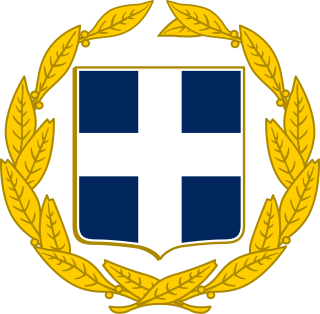
The Hellenic Armed Forces are the military forces of Greece. They consist of the Hellenic Army, the Hellenic Navy, and the Hellenic Air Force.

The Hellenic Air Force is the air force of Greece. It is considered to be one of the largest air forces in NATO and is globally placed 18th out of 139 countries. Under the Kingdom of Greece from 1935 to 1973, it was known as the Royal Hellenic Air Force (RHAF).
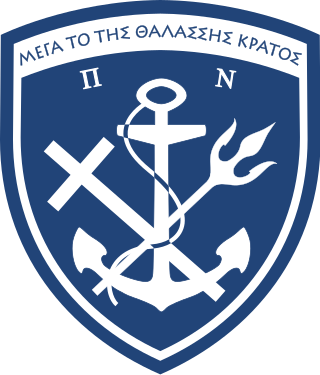
The Hellenic Navy is the naval force of Greece, part of the Hellenic Armed Forces. The modern Greek navy historically hails from the naval forces of various Aegean Islands, which fought in the Greek War of Independence. During the periods of monarchy it was known as the Royal Hellenic Navy.
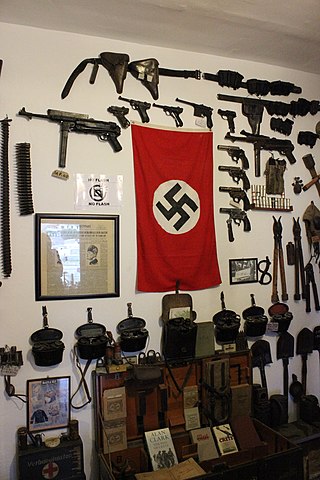
Lists of World War II military equipment are lists of military equipment in use during World War II (1939–1945). They include lists of aircraft, ships, vehicles, weapons, personal equipment and uniforms, and other equipment. There are aggregated military equipment lists by country, and lists of classes of equipment broken down by country or by type.
The Hellenic Aviation was first established in 1911 with help from French experts. The air force of Greece or the Hellenic Air Force participated in the Balkan Wars, World War I, the Asia Minor War, World War II, the Greek Civil War, the Korean War and the Turkish invasion of Cyprus.
The history of the Hellenic Navy begins with the birth of modern Greece, and due to the maritime nature of the country, this force has been the premier service of the Greek Armed Forces.
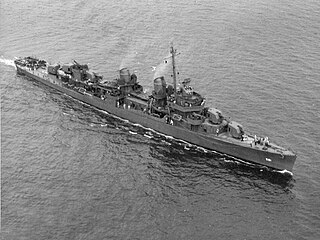
USS Charrette (DD-581) was a Fletcher-class destroyer of the United States Navy, named for Lieutenant George Charrette (1867–1938), who was awarded the Medal of Honor for heroism during the Spanish–American War. Entering service during World War II, she spent her career in the Pacific theatre. Placed in reserve following the war, Charette was transferred to the Kingdom of Greece in 1959 and renamed Velos (D16), remaining in service till 1991 before being preserved as a museum ship at Palaio Faliro, Athens.

The Flak 30 and improved Flak 38 were 20 mm anti-aircraft guns used by various German forces throughout World War II. It was not only the primary German light anti-aircraft gun but by far the most numerously produced German artillery piece throughout the war. It was produced in a variety of models, notably the Flakvierling 38 which combined four Flak 38 autocannons onto a single carriage.
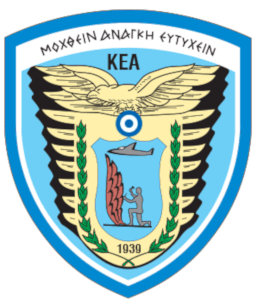
The State Aircraft Factory of Greece, official name Hellenic Air Force Aircraft Depot, usually known through the acronym KEA, originally founded as EAF, is the oldest and most historic Greek aircraft manufacturer. It is a military unit subordinate to the Hellenic Air Force Support Command (HAFSC) and since 2012 it is located at Elefsis Air Base.

The Dornier Do 22 was a German seaplane, developed in the 1930s. Despite good performance, it was built only in small numbers and entirely for the export market. The type was operated in the Second World War by Finland, Greece and Yugoslavia.

The Hellenic Air Force Academy is a military academy responsible for supplying the Hellenic Air Force with military pilots, aeronautical engineers, air traffic and air defence controllers. The first Greek institution for aviation training was founded in 1919 as the Military Academy of Aviation in Thessaloniki. In 1931 the Air Force School was founded in Tatoi, Athens. In 1967 it took the unofficial name Icarus School in reference to the figure of Icarus from ancient Greek mythology. The figure of Icarus forms the centrepiece of the academy's badge.
This is a list of World War II-related topic lists:
The 335th Squadron, callsign "Tigers", is the oldest squadron in service with the Hellenic Air Force formed on the 10th of October 1941 at Aqir airfield in Palestine as a unit in exile. It is based at Araxos Air Base in the Peloponnese, forming part of the 116th Combat Wing. Until March 2008, the squadron was equipped with the A-7H Corsair, and is operating with 30 newly purchased F-16 Block 52+ aircraft.
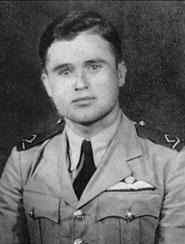
Marinos Mitralexis was a Greek flying ace during World War II credited with 5 aerial victories. He gained fame when he managed to bring down an enemy bomber by ramming its tail, on 2 November 1940.

The Battle of Rethymno was part of the Battle of Crete, fought during World War II on the Greek island of Crete between 20 and 29 May 1941. Australian and Greek forces commanded by Lieutenant-colonel Ian Campbell defended the town of Rethymno and the nearby airstrip against a German paratrooper attack by the 2nd Parachute Regiment of the 7th Air Division commanded by Colonel Alfred Sturm.
The Naval Air Service was the air arm of the Hellenic Navy from 1915 to 1930.
The 13th Light Bomber Squadron, was one of the three World War II aircraft squadrons in service with the Royal Hellenic Air Force, exiled in the Middle East, that fought under the auspices of the British Royal Air Force. It was the first Greek military unit founded after the German invasion and conquest of Greece in April–May 1941.

The Battle of Heraklion was part of the Battle of Crete, fought during World War II on the Greek island of Crete between 20 and 30 May 1941. British, Australian and Greek forces of 14th Infantry Brigade, commanded by Brigadier Brian Chappel, defended Heraklion port and airfield against a German paratrooper attack by the 1st Parachute Regiment of the 7th Air Division, commanded by Colonel Bruno Bräuer.
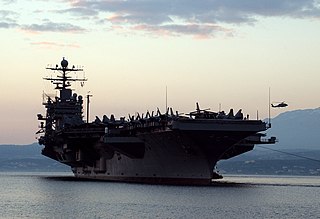
Crete Naval Base is a major naval base of the Hellenic Navy and NATO at Souda Bay in Crete, Greece.












